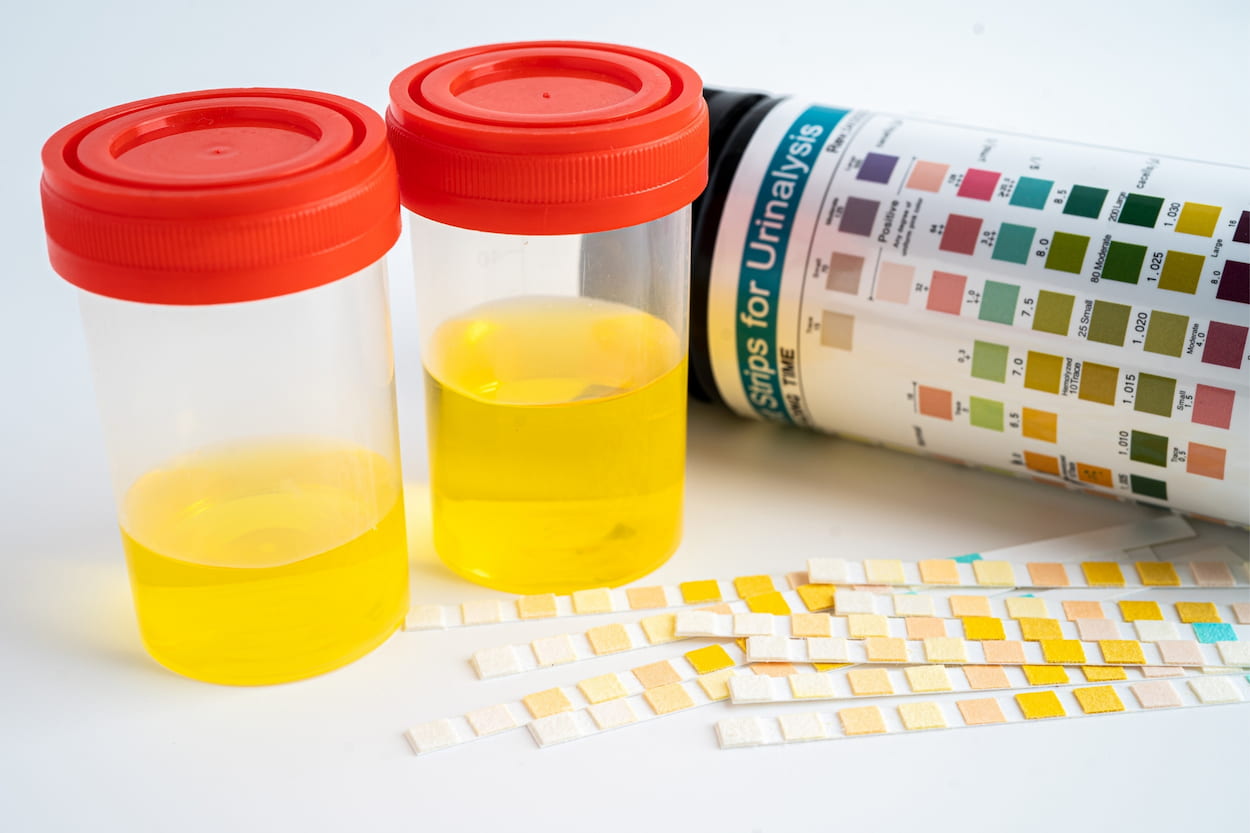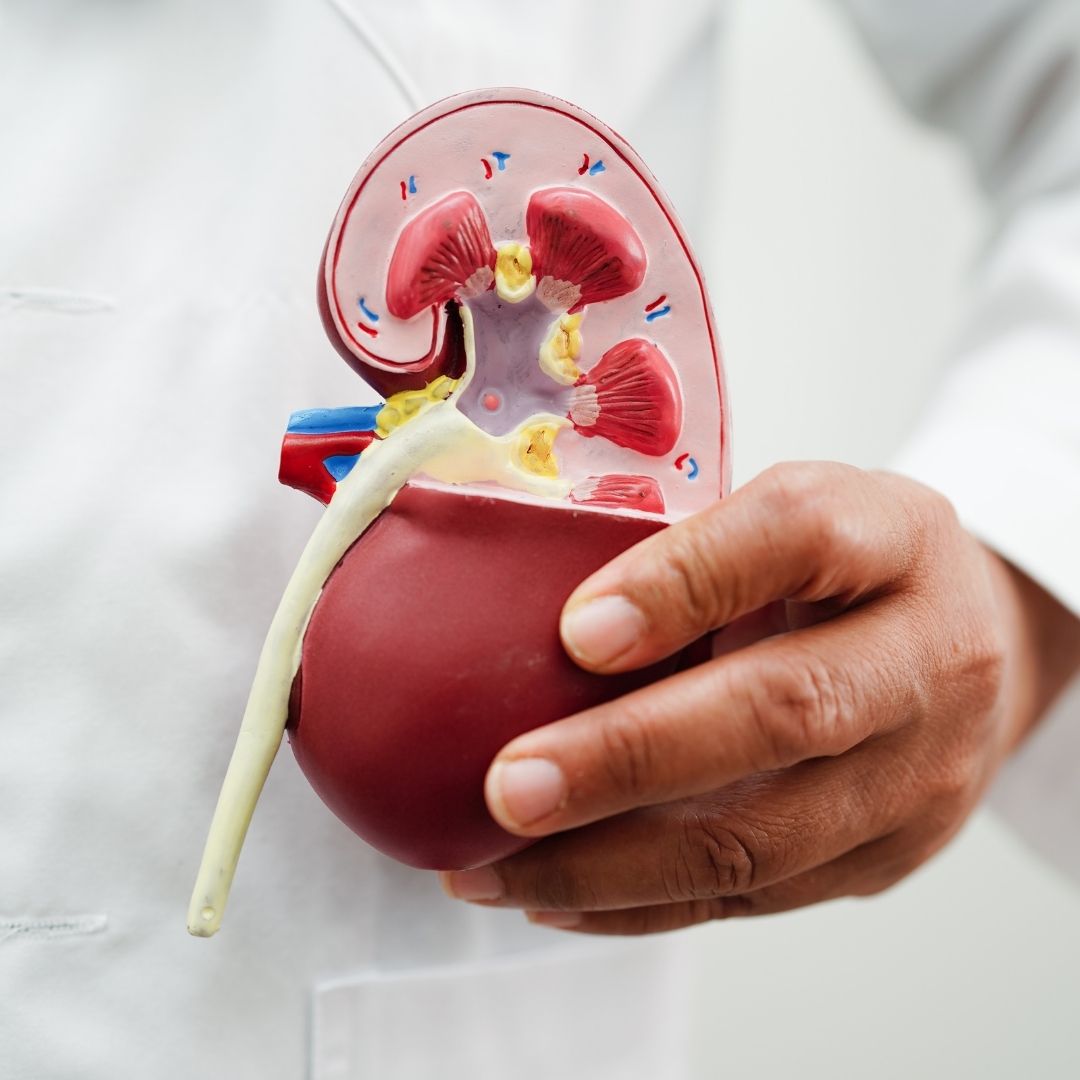
Peyronies Disease vs. Normal Penile Curvature: What You Need to Know
Peyronie's disease is a condition that affects the penis, causing it to bend or curve abnormally during an erection. While some degree of curvature is normal, Peyronie's disease causes excessive curvature and can lead to pain, discomfort, and difficulty with sexual intercourse. In this article, we will discuss the signs and symptoms of Peyronie's disease, how to test for penile curvature, and how to distinguish between normal curvature and Peyronie's disease.
What is Peyronie's Disease?
Peyronie's disease is a connective tissue disorder that causes fibrous plaques to form in the tissues of the penis. These plaques can cause the penis to bend or curve during an erection, and can also cause pain, discomfort, and difficulty with sexual intercourse. The cause of Peyronie's disease is not fully understood, but it is thought to be related to trauma or injury to the penis, genetics, or a combination of both.
How Do You Know for Sure If You Have Peyronie's Disease?
The most common symptom of Peyronie's disease is curvature or bending of the penis during an erection. Other symptoms may include pain or discomfort during erections, a palpable lump or plaque on the penis, and difficulty with sexual intercourse. If you experience any of these symptoms, it is important to see a healthcare provider who can evaluate your condition and determine if you have Peyronie's disease.
How Do You Rule Out Peyronie's Disease?
If you are concerned about Peyronie's disease, your healthcare provider may perform a physical examination of your penis, including an evaluation of the curvature, size, and shape of your penis during an erection. They may also order imaging tests, such as an ultrasound or MRI, to evaluate the internal structure of your penis and determine the extent of any fibrous plaques or other abnormalities. These tests can help rule out other conditions that may be causing your symptoms, such as erectile dysfunction or priapism.

How Do You Test for Penile Curvature?
To test for penile curvature, your healthcare provider may ask you to stand or lie down and become erect. They may then measure the degree of curvature using a ruler or other measuring device. Alternatively, they may perform a penile duplex ultrasound, which uses sound waves to create an image of the internal structures of the penis and can help identify any fibrous plaques or other abnormalities.
How Much Curvature is Peyronie's?
The degree of curvature that is considered abnormal and indicative of Peyronie's disease varies from person to person. In general, a curvature of more than 30 degrees is considered significant and may indicate Peyronie's disease. However, some men may experience symptoms with less curvature, while others may have significant curvature without experiencing any symptoms. It is important to discuss any concerns you have with your healthcare provider.
Is Peyronie's Visible?
Peyronie's disease is often visible as a lump or plaque on the penis, which can be felt during a physical examination. In some cases, the curvature may be visible during an erection or may cause the penis to appear bent or twisted. However, not all cases of Peyronie's disease are visible, and some men may have significant curvature without any visible signs.
Treatment for Peyronie's Disease
Treatment for Peyronie's disease depends on the severity of your symptoms and the extent of your curvature. In some cases, conservative measures such as medication or physical therapy may be effective. In more severe cases, surgery may be necessary to remove the fibrous plaque or straighten the penis. Your healthcare provider can help you determine the best course of treatment for your individual case.
What Does Peyronie's Disease Look Like?
Peyronie's disease can vary in appearance from person to person, but the most common sign is curvature or bending of the penis during an erection. In some cases, the curvature may be slight and only noticeable upon close inspection, while in other cases it may be more pronounced and cause the penis to appear bent or twisted. The curvature may also be accompanied by a palpable lump or plaque on the penis, which can be felt during a physical examination.
Bent Penis: When Is It Normal?
It is important to note that some degree of curvature or bending of the penis is normal and may not indicate Peyronie's disease. In fact, it is estimated that up to 90% of men have some degree of curvature or bending of the penis. This may be more pronounced in some men than in others, and can be influenced by factors such as genetics, age, and overall health. In general, a slight curvature or bending of the penis that does not cause any pain or discomfort is considered normal.
Peyronie's Disease Treatment
There are several treatment options available for Peyronie's disease, depending on the severity of your symptoms and the extent of your curvature. Conservative measures such as medication or physical therapy may be effective in some cases, particularly in the early stages of the condition. Medications such as verapamil or collagenase may be used to break down the fibrous plaques and reduce curvature, while physical therapy techniques such as penile traction may help to stretch and straighten the penis.
In more severe cases, surgery may be necessary to remove the fibrous plaque or straighten the penis. Surgical options may include grafting tissue onto the penis to add length or remove the plaque, or inserting a penile prosthesis to straighten the penis and allow for normal sexual function.
Healthy Türkiye Notes
It is important to note that not all cases of Peyronie's disease require treatment, and some men may experience mild curvature or other symptoms without significant impact on their sexual function or quality of life. Your healthcare provider can help you determine the best course of treatment for your individual case.
In conclusion, Peyronie's disease is a condition that can cause significant pain, discomfort, and difficulty with sexual function. If you are experiencing curvature or other symptoms of Peyronie's disease, it is important to see a healthcare provider who can evaluate your condition and recommend appropriate treatment options. While some degree of curvature or bending of the penis is normal, Peyronie's disease can cause excessive curvature and other symptoms that may require medical attention.

.jpg)

